Preserving elegance: a closer look at national car museum of Iran
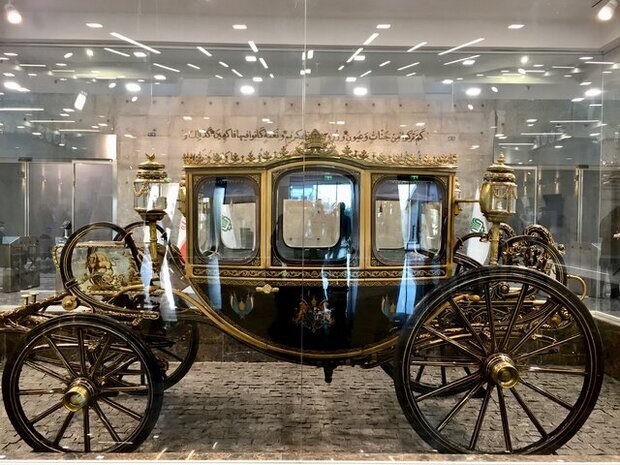
TEHRAN - The national car museum of Iran houses a collection of unique and custom-made vehicles, which have long been icons in the history of the global automotive industry. However, how are these cars prepared for display in the museum?
Have their restoration and maintenance processes been similar to modern cars? How are the parts for these historical cars sourced? Has the authenticity of these cars changed during the restoration process?
According to a recent report by ISNA, when the national car museum of Iran opened to the public near Tehran, it showcased nearly 60 cars, often regal vehicles either commissioned by major global companies or acquired from specific clients.
The restoration and reconstruction project for these cars, as explained by the museum officials, began in Khazaneh Khodro (Car Treasury) in May 2020. In this project, cars dating from the early 20th century to the end of the 1970s underwent restoration and reconstruction.
However, when the museum was inaugurated, criticisms were raised regarding the restoration methods and changes in the appearance and color of some cars.
Talking to ISNA, Mohammad Afrafar, the curator of the national car museum of Iran, responded to these criticisms and questions about the restoration of historical cars. He says the restoration of classical and vintage cars has employed authentic and standardized methods used for those vehicles.
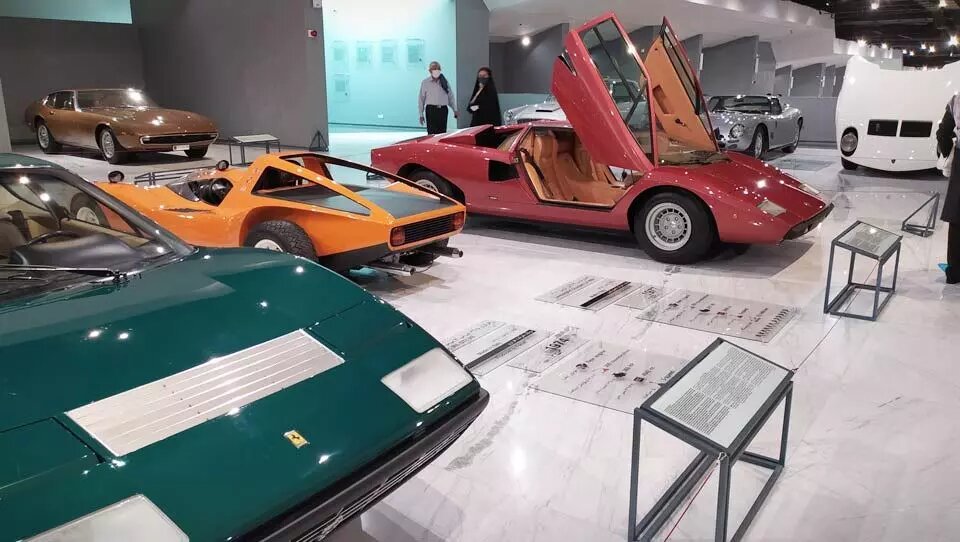
Afrafar explained that there are two methods for preserving historical and museum cars: occasionally starting the car and moving it, or removing all fluids from the vehicle to essentially “dry” the car.
“Both methods are used worldwide, but the method used in the Iran Historical Car Cultural Museum Center is the dry method. There are no fluids in the cars displayed in this museum.”
This museum expert continued, “If a collector who practices the dry method for car preservation wishes to start the same car, it is essential to perform a complete service, clean the tank and carburetor, and add the necessary fluids to prepare the car for movement.”
Afrafar also stated, “The restoration of historical and museum cars involves several stages; for example, upholstery is done as needed. Most of the cars stored in the museum use natural leather inside, which, over time, becomes dry, leading to cracking and the loss of the leather’s flexibility. Consequently, part of the restoration process for historical cars involves upholstery or replacing leather parts.”
He added, “It’s possible that a car may have had a dent and, if it needs correction, the uneven parts should be repainted.”
“Just as it happens with ordinary cars, meaning if a car has been in an accident, you perform dent repair and then repaint it. However, the process for historical museum cars is more precise, and we have utilized the PDR (Paintless Dent Repair) technology, which, although very common now, wasn’t prevalent until a few years ago. In this method, the dent repair is more accurate, and the body becomes very smooth, with significantly less underlying paintwork volume, which is considered an advantage.”
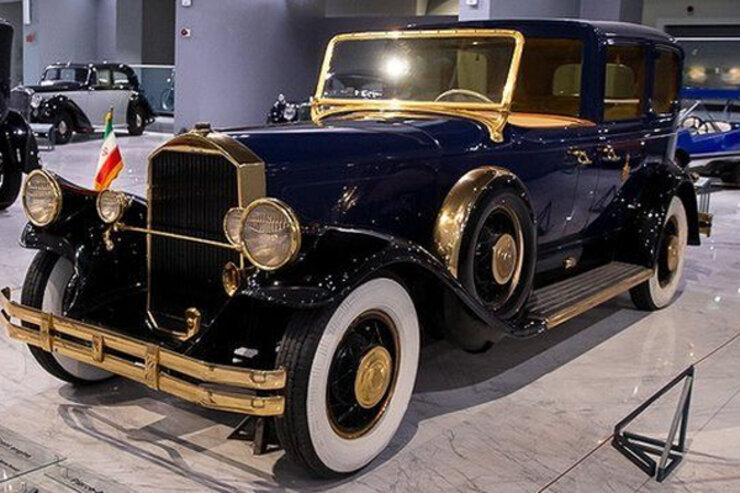
Afrafar added, “When you can minimize the work on the car, it retains the paint for a longer period. You may have seen cars that, after an accident, show fine cracks even after dent repair and repainting. These cracks can be due to excessive underlying work. Of course, the materials we used for the restoration and repair of historical cars have had an impact on the quality and results of the work. We used the best materials for car painting to provide greater brilliance and a longer lifespan.”
The museum’s curator also mentioned, “The cars stored in this museum did not face difficulties in obtaining decorative parts because the cars were not incomplete. However, if an individual who owns a historical car needs such parts, they will undoubtedly encounter problems due to sanctions.”
Regarding criticisms of the restoration of some cars, he stated, “The individuals who restored these cars had the knowledge of preserving such treasured cars.”
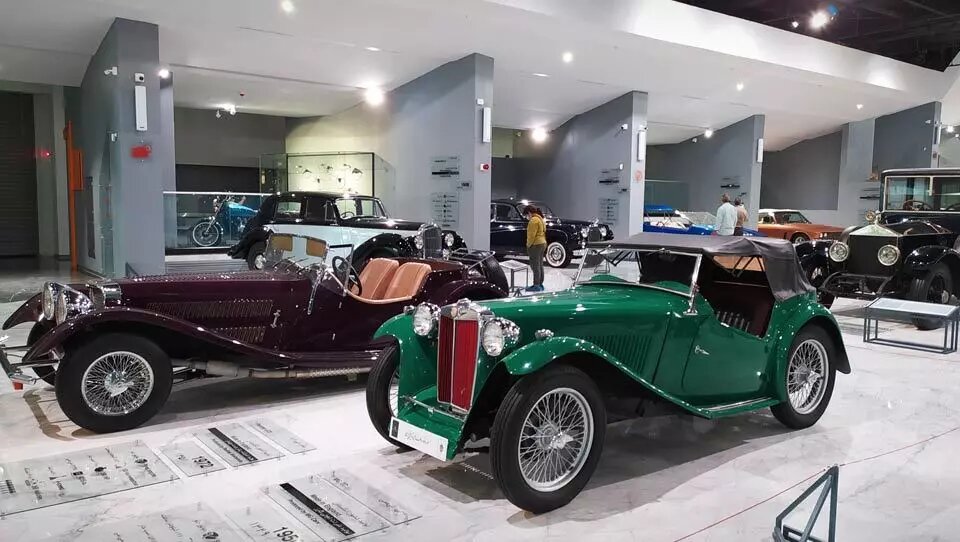
Afrafar said we welcome using the expertise of specialized individuals in the restoration and reconstruction of these cars, stating, “We are not a private collection locked behind closed doors. The museum doors have always been open to specialists, and we like to benefit from their experiences.”
Highlights of the museum include a gold-plated limousine, the world’s only Panther-Laser car produced, a Silver Ghost Rolls-Royce once owned by the Qajar King, Ahmand Shah (r. 1909 – 1925), as well as a royal carriage belonging to Nasereddin Shah of Qajar.
The museum has four main halls, the first of which bears the oldest vehicles in the collection, amongst them the Rolls-Royce Silver Ghost that belonged to Ahmad Shah Qajar. Hall No. 2 is dedicated to American and Mercedes-Benz vehicles, and Hall No. 3 is devoted to the official and ceremonial cars, which include various models of Rolls-Royces and Mercedes. Hall No. 4 is also dedicated to sports and super sports cars.
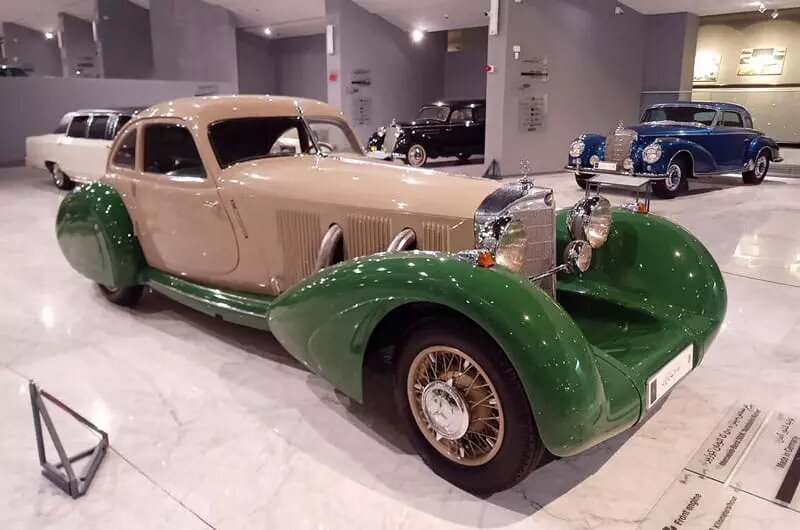
The museum reportedly owns the largest collection of Mercedes-Benz 600 in the world. “We have the largest collection of Mercedes-Benz 600 in the world with 21 units. The Mercedes-Benz Museum itself has three units of the 600 model…. the Mercedes-Benz 600 itself is designed and built with different rooms and its function is only for ceremonies and this model has different rooms, some having hardtops or custom-made sunroofs,” a museum official told the Tehran Times.
He said that the museum owns all models of Mercedes-Benz 600, which is very unique. “Moreover, we have all models of Mercedes-Benz 600 that have been produced by the German company; four of which are on display here in the museum, and 17 are being kept inside the treasury.”
The official added 21 classic Rolls-Royces are being kept in the museum and its treasure trove. “Home to 21 [classic] Rolls-Royces, the national car museum of Iran is the second-largest treasure trove of those vehicles after the Rolls-Royce Museum.”
AFM
Leave a Comment